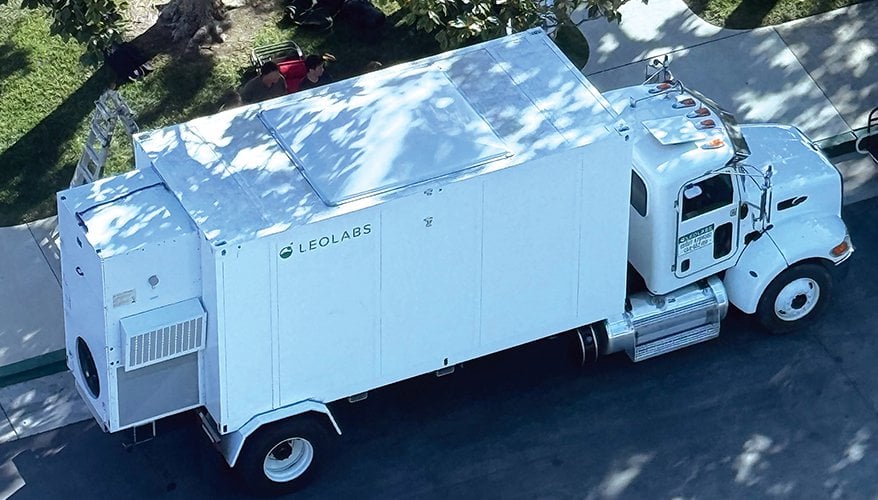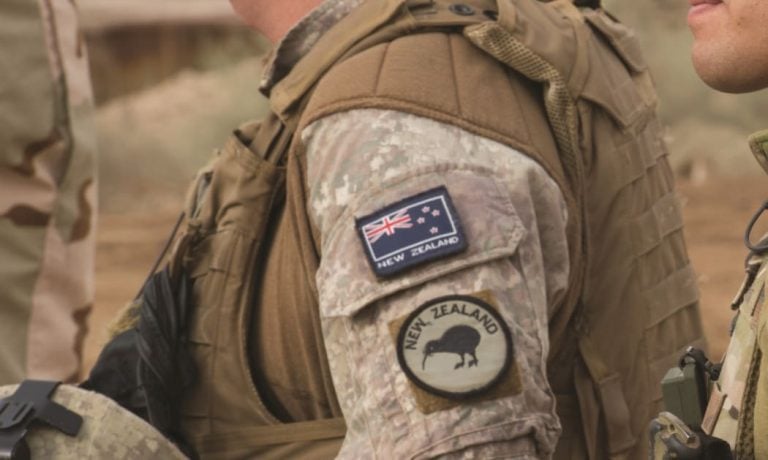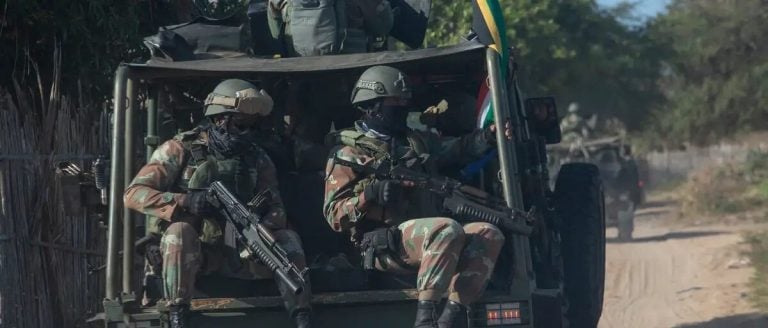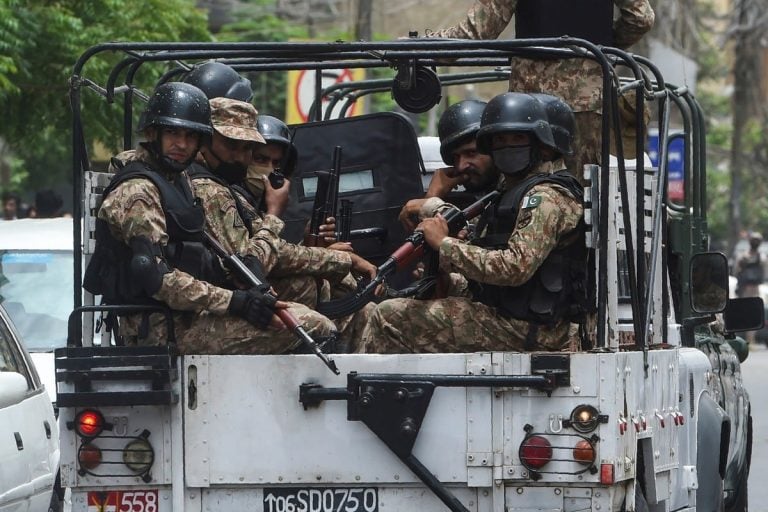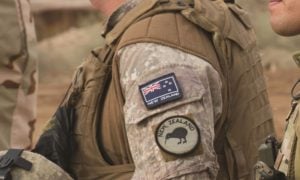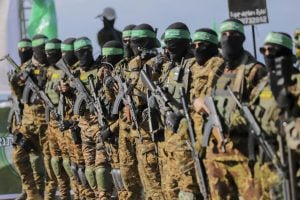LeoLabs has announced a significant funding boost intended to enhance its expeditionary Scout-class radar system, an initiative aligned with the United States’ strategic objectives in advancing Space Domain Awareness (SDA). The Tactical Funding Increase (TACFI), totaling $4 million, includes a $2 million contribution from the Air Force Research Laboratory and matching private sector funding.
This funding was facilitated through SpaceWERX, the innovative arm of the US Space Force, and reflects a broader commitment to bolster national security interests through advanced technology. The Scout-class radar, which debuted in April, features a modular, containerized S-band Direct Radiating Array (DRA) system designed specifically to detect and track foreign launches. This versatile system can operate independently or be integrated into a dense network, adaptable to the strategic needs of various missions.
As part of this initiative, LeoLabs will create a roadmap to enhance the radar’s capabilities, specifically its ability to conduct track-while-scan operations for dynamic targets, including missiles and hypersonic glide vehicles. LeoLabs CEO Tony Frazier emphasized the importance of this project, stating that it underscores the urgent demand for next-generation radar systems and sophisticated software solutions that address emerging national security challenges.
The TACFI program is specifically tailored for companies that have recently received a Small Business Innovation Research (SBIR) Phase II award, aimed at bridging the critical gap between developmental phases and operational readiness. LeoLabs previously received a $60-million STRATFI award from SpaceWERX to deploy a Seeker-Class Ultra High Frequency DRA radar across the Indo-Pacific by 2027. The SBIR Phase II award in 2024 facilitated the initial development of the next-generation Scout-class radar, which is now positioned for an upgrade, ensuring that LeoLabs remains at the forefront of technological advancements in the realm of space monitoring and national defense.
